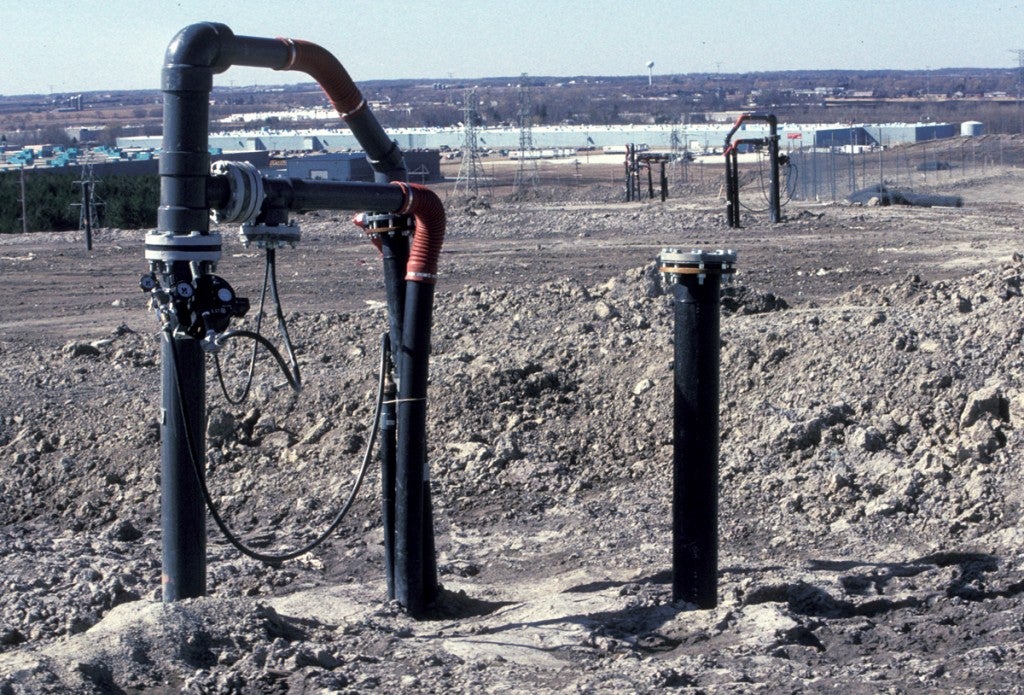This post first appeared on EDF Voices
The National Weather Service issued extreme heat warnings for a large swath of central United States this week, drawing comparisons to the dangerous heat events of the Dust Bowl in the 1930s.
The combination of extreme heat and humidity in large Midwestern cities such as St Louis and Chicago will likely lead to a range of human health impacts, including the potential for fatalities. Naturally, some will question whether this heat wave is the result of human-caused climate change.
Here are four things to consider as we sort that out:
1. Temperature is only part of the story
While it is unclear at this time if daily temperature records will be broken during this event, it doesn’t necessarily matter. The dangerous impacts from heat waves occur as a result of both temperature and humidity, especially if these conditions persist for more than two days, as is expected for this event.
We now know that the increase in global mean temperature as the result of greenhouse gas emissions is pushing us into a new climate reality where extreme heat events are much more likely.
As if heat isn’t enough, increasing atmospheric temperature has also boosted global evaporation. This has led to an increase in global atmospheric moisture content over the last several decades, and by extension a propensity for stronger heat indices.
2. Thermometers don’t matter
The metric used to quantify the combined temperature and humidity impacts on humans, the heat index, is what makes a day feel like 110 degrees even if the thermometer only shows 96 degrees – much the same way a wind chill feels colder than the mercury suggests.
With the heat index already above 105 Fahrenheit for two days straight and then rising as high as 115 F in many Midwestern locales, health officials are urging millions of Americans to stay hydrated and indoors.
3. Day 3 of a heat wave is critical
The third day is also critical for the human body. That’s when people who remain exposed to extreme heat can often no longer cope and fatalities historically rise, especially if temperatures remain high at night and keep people from resting.
With the heat building over the eastern half of the U.S. and expected to last into the weekend, even President Obama weighed in via Twitter this week, urging citizens to “drink water, stay out of the sun and check on your neighbors.”
4. Natural cycles may play a part, as with Dust Bowl
There are always natural climate cycles at play and they can conspire to temporarily enhance or detract from the continually increasing climate change signal.
These cycles are usually expressed through changes in the surface temperature of the Pacific and Atlantic Oceans and have fancy names such as the Atlantic Multidecadal Oscillation, Pacific Decadal Oscillation and the El Niño Southern Oscillation.
But their impact is really quite simple: Because the Atlantic and Pacific oceans are so large, these natural cycles can heat large areas of the atmosphere from underneath, much like a stove heats a pot of boiling water. When aligned like they are right now, they can contribute to extreme heat and drought in the central part of the country.
It’s happened before. The conditions that kicked off the 1930s catastrophic Dust Bowl in central U.S. are widely reckoned to have originated from a combination of these natural cycles.
To be sure, the events in the 1930s also had a human cause, including poor land management and agricultural practices that led to a large-scale depletion of soil moisture. It warmed the land surface over the Great Plains and Midwest, exacerbating a persistent and large high-pressure system already in place.
Is it climate change? Science will tell.
Of course, our impact on the climate is much different today.
With monthly and annual temperature records being smashed month after month and year after year – recently pushing global atmospheric greenhouse gas concentrations past 400 parts per million – it’s likely that human-caused global warming is playing a large role in this week’s heat wave.
Also different today is that the science of linking climate change to large-scale extreme heat wave events has advanced rapidly over the last decade, helping us know when to attribute extreme weather events to global warming.
So stay tuned as this week’s “heat dome” unfolds. The climate science community will be rolling up their sleeves, once again, and go to work to understand the various forces at play.












